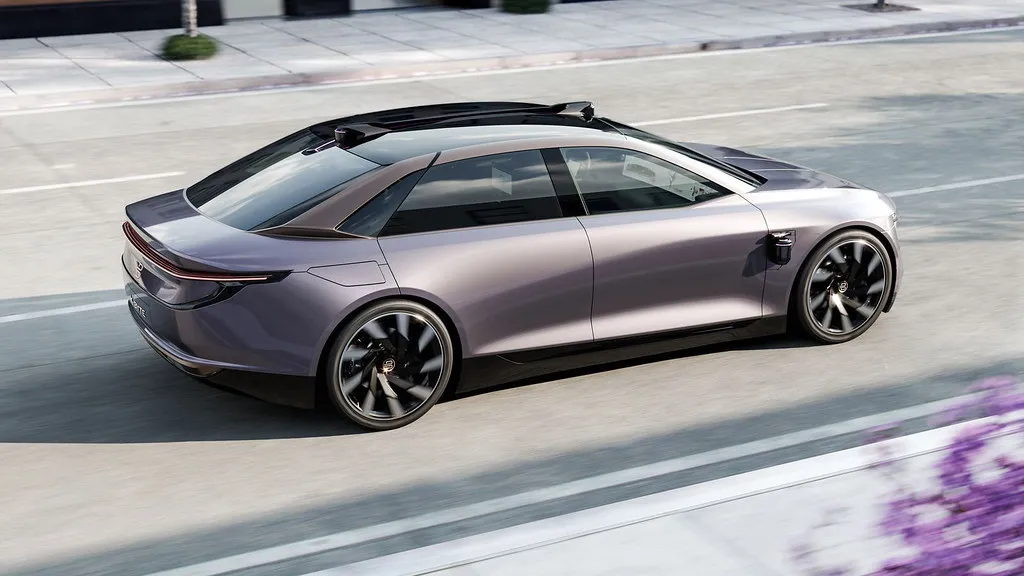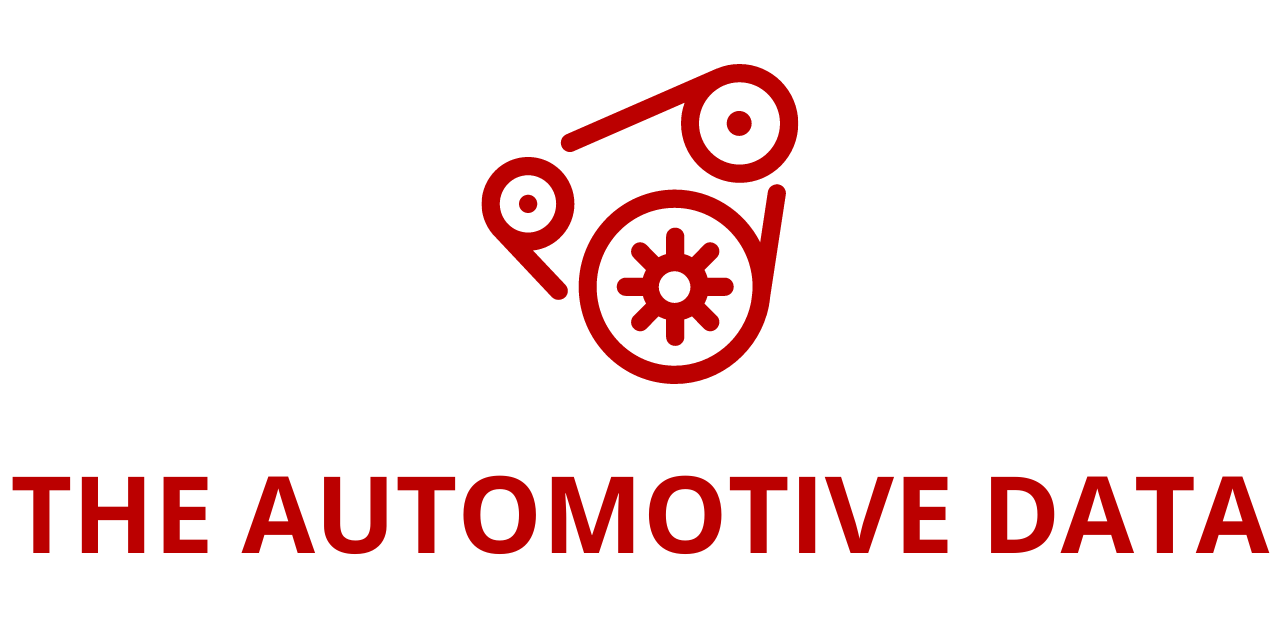
Faraday Future Intelligent Electric a California-based global shared intelligent
Faraday Future Intelligent Electric a California-based global shared intelligent electric mobility ecosystem company, recently held its inaugural Open AI Day. This event covered the company’s AI strategy, products, and technology and introduced Future AIHER, the world’s first AI hybrid extended-range electric powertrain system company. Future AIHER is dedicated to designing and developing two major innovations: a super AI hybrid extended-range system (AIHER) and a super AI extended-range system, along with comprehensive powertrain solutions to support them. The AIHER system aims to revolutionize hybrid and range-extender technology by combining them in an advanced AI-driven format.
Open AI Day: A Glimpse into the Future
The Open AI Day event took place at headquarters in Los Angeles, where company leaders, AI experts, and potential industry partners gathered to discuss cutting-edge advancements. Key speakers included YT Jia, Founder and Chief Product and User Ecosystem Officer of FF, and Max Ma, Global CEO of FX. Matthias Aydt, Global CEO of FF, had intended to attend but was unable to due to unforeseen circumstances. The event featured company presentations, panel discussions on AI, and in-depth explorations of upcoming technologies, particularly focusing on the role of artificial intelligence in electric mobility.
A short video of the Open AI Day event is available for viewing: Watch Here.
FF and FX’s AI Strategy: Integrating AI into Every Aspect of Mobility
AI strategy revolves around full-vehicle AI integration. The company is building an end-to-end AI product ecosystem that is driven by in-house research and development while embracing open integration, user-specific customization, extreme performance, open-source co-creation, and open-platform collaboration. The ultimate goal is to develop an AI Agent with human-like intelligence that redefines the human-vehicle relationship and accelerates the evolution of the intelligent electric vehicle (AIEV) industry.
FF is positioning itself as a pioneer in transforming cars into intelligent mobile devices, pushing the boundaries of automotive innovation. The company is actively collaborating with global AI developers and technology leaders to introduce new capabilities and drive industry-wide progress.
AI Strategy: Delivering Multi-Dimensional Value
The implementation of AI across FF’s ecosystem will provide multiple layers of value:
- New Revenue Streams: AI-powered features such as in-car subscriptions and AI-driven services will generate new income opportunities.
- Enhanced User Experience: FF and FX vehicles are designed to function as “intelligent partners” that interact naturally through voice and gesture controls. These features enable intuitive, seamless interactions that continuously evolve based on user preferences.
- Industry Advancement: Through an “AI-First” approach, FF fosters collaboration between AI developers, industry partners, and users, setting new benchmarks in smart mobility.
The Future Roadmap: Phased AI Development
AI product development roadmap consists of four key phases:
- AI Foundation: Integrating large AI models with basic voice assistant functionalities.
- Advanced Multimodal AI: Enhancing human-vehicle interactions and refining AI integration into driving systems.
- AIOS Platform & API Development: Creating a dedicated AI automotive operating system (AIOS) and opening APIs for co-creation with developers.
- Continuous Upgrades: Refining AI models and expanding their applications across industries.
The company plans to accelerate the launch of three AI-powered innovations:
- Super AIHER System: A next-generation AI-driven powertrain solution.
- AI Cabin Agent: An in-car AI assistant designed to enhance the driving experience.
- End-to-End Open-Source AI Driving Model: Enabling advanced autonomous driving capabilities.
Addressing Powertrain Challenges: Why FF is Developing the Super AIHER System
Existing plug-in hybrid powertrains face several shortcomings:
- Delayed Power Delivery: Many hybrid systems struggle with responsiveness.
- Limited Intelligence: Current hybrids lack advanced AI integration.
- High Costs: The overall cost-to-value ratio remains suboptimal.
To overcome these limitations, FF is pioneering the Super AI Hybrid Extended-Range System (AIHER), which aims to refine range extenders and hybrid systems into a highly efficient AI-driven solution. This revolutionary technology will enhance performance, increase intelligence, and maximize efficiency.
Future AIHER’s Strategy for Market Leadership
Future AIHER is following a two-phase strategy:
- Short-Term Plan: Integrate third-party range extender technologies into Faraday X (FX) concept vehicles for rapid market entry.
- Long-Term Plan: Develop proprietary AI-driven range extender solutions, leveraging advanced technologies to improve efficiency and expand commercialization beyond electric vehicles to other mobility applications, including the electric vertical takeoff and landing (EVTOL) industry.
The Role of AI in Shaping the Future of Mobility
The increasing role of AI in vehicle technology will redefine how users interact with their cars. AI has the potential to reshape the entire driving experience by personalizing vehicle functions and optimizing performance based on individual driving habits. According to YT Jia, “AI will reshape the use of automobiles. When we defined the FF 91, AI was nowhere near the capabilities of today, but we envisioned a growing technology that would allow the car to learn how each individual user prefers to interact with its functionality.”
By embracing AI innovation, is pushing the automotive industry toward a new era of intelligent mobility, one that prioritizes user experience, efficiency, and cutting-edge technology. The future of AI-driven mobility is just beginning, and with the establishment of Future AIHER, FF is taking a significant step toward defining this transformation.








